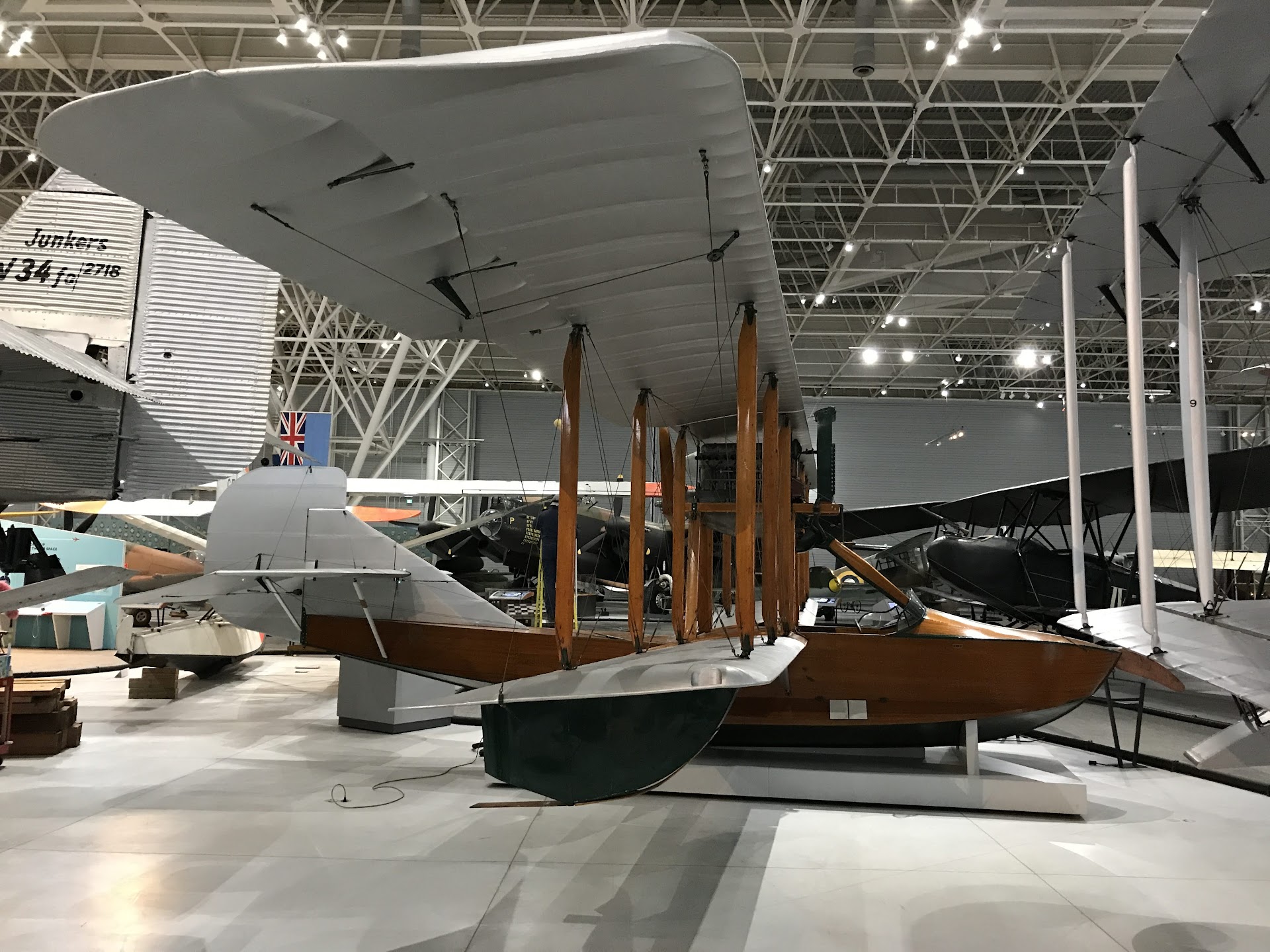
***This article was updated with the official statement from Ingenium, the parent organization of the Canada Aviation and Space Museum.***
The Canada Aviation and Space Museum in Ottawa is seeking a new home for one of the aircraft in its collection. The aircraft in question, a 1920 Curtiss Model F Seagull, once served in an aerial survey capacity over the Amazon River in Brazil. It was later donated to Britain’s Science Museum where it was damaged during a German bombing raid in 1941.
The Seagull was initially lent to the federal government-operated museum, but the loan became ‘permanent’ when it was bartered for the nose section of a Douglas Dakota. Restoration work on the Seagull began in 1970 and finished in 1974.
According to the museum’s artifact handler Johic Nicolas, the Seagull has to go, and he doesn’t want to see it dismantled, or worse. “Such is the pressure to get this aircraft out that there is talk of scrapping [it] altogether,” said Nicolas in an email to other museums.
“As part of our current work to prepare the Canada Aviation and Space Museum for the arrival of a Buffalo CC-115 aircraft from the Department of National Defence and preparations for a new Cold War exhibition, Ingenium is assessing the appropriate placement and locations of our aircraft to best reflect the revised scope of our exhibition spaces,” said Philippe Tremblay, Ingenium media relations and communications officer in a statement to Canadian Aviator. “Ingenium continuously reviews its artifacts to ensure that they best represent Canada, our history and significant technological contributions. This includes a rigorous collection review, which involves recommendations to deaccession an artifact or object when it no longer fits the scope of our national collection. As part of this review, it has been decided that the Curtiss Seagull will be deaccessioned from the collection. Ingenium is actively in conversations with interested Canadian institutions to find the Seagull a new home.”
The Seagull flying boat was designed and built with the US Navy purchasing hundreds, employing it as a flying boat trainer. Others were sold to the Russian navy, and some were built in Italy. A few Seagulls saw civilian service in 1927 flying routes between Miami, Florida and Nassau, Bahamas.
Powered by a Curtiss water-cooled 100-hp V-8 piston engine driving a two-blade fixed-pitch pusher propeller, the Seagull, largely constructed of mahogany, could reach a maximum speed of 60 knots with a service ceiling of 4,500 feet. It took 10 minutes to reach that altitude after a sea-level takeoff.
Wingspan is slightly over 45 feet, length is almost 28 feet, height is just over 11 feet and the amphib weighs in at 1,957 pounds.
Click here to see the Museum’s information page on the Curtiss Seagull.
